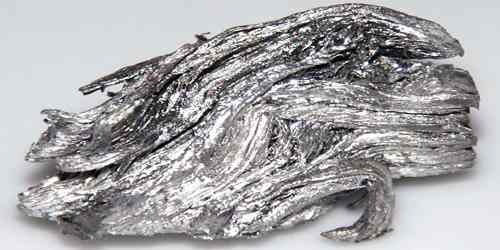

The image is based upon the civic coat of arms of Stockholm, the city that gives the element its name.
| Density | 8.80 |
| Melting Point | 1472°C |
| Boiling Point | 2700°C |
Holmium can absorb neutrons, so it is used in nuclear reactors to keep a chain reaction under control. Its alloys are used in some magnets.
Holmium was discovered at Geneva in 1878 by Marc Delafontaine and Louis Soret, and independently by Per Teodor Cleve at Uppsala, Sweden. Both teams were investigating yttrium, which was contaminated with traces of other rare earths (aka lanthanoids) and had already yielded erbium which was later to yield ytterbium. Cleve looked more closely at what remained after the ytterbium had been removed, and realised it must contain yet other elements because he found that its atomic weight depended on its source. He separated holmium from erbium in 1878. Delafontaine and Soret also extracted it from the same source, having seen unexplained lines in the atomic spectrum. We cannot be certain that either group had produced a pure sample of the new element because yet another rare-earth, dysprosium, was to be extracted from holmium.